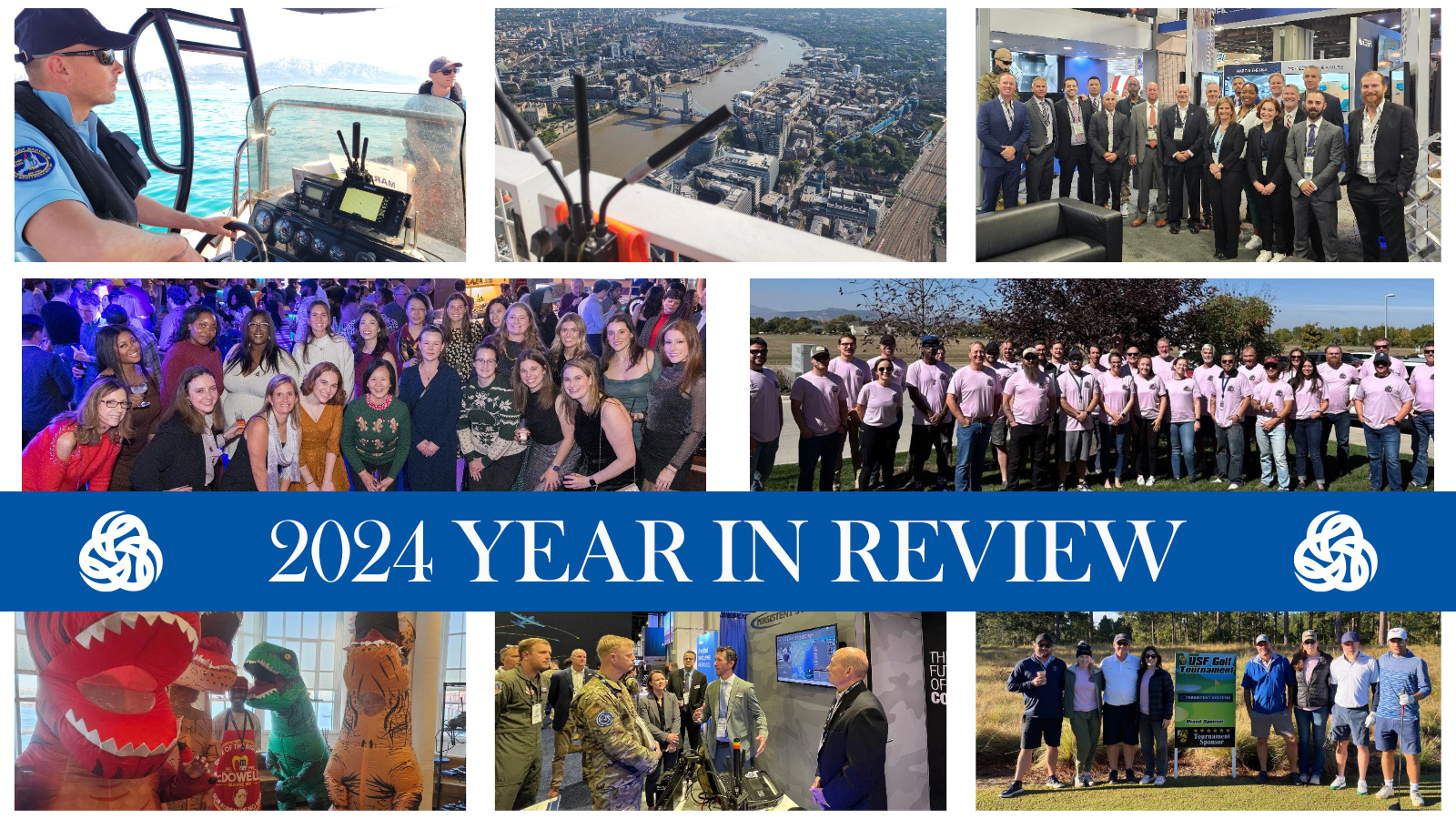It’s been a busy couple of weeks for Persistent Systems and the world of military communications. In this issue, we look at what the U.S. Department of Defense and the Navy have been up to and offer our own observations.
DoD’s “Mission Network-as-a-Service”
Writing in Defense One, senior editor Lauren Williams reports that the U.S. Department of Defense (DoD) has been “testing out a secure, cloud-based network on a British aircraft carrier in the Indo-Pacific,” with the aim of reducing “the number of secure networks the military has to use to communicate with allies and partners.”
DoD calls its effort to simplify joint coms “Mission Network-as-a-Service.”
Leslie Beavers, the Pentagon’s principal deputy chief information officer, was at Defense One’s recent Tech Summit, where she said Mission Network-as-a-Service employs “multiple cloud service providers without cross-domain solutions, which are typically used to communicate between networks of different classification levels.”
It’s an ongoing effort, said Beaver. Right now, they’re “testing the security controls.” But if successful, it could serve as the foundation for a larger joint architecture
Navy Tech Priorities Memo
Jon Harper, writing for DefenseScoop, reports on a new U.S. Navy memo, issued by acting Chief Technology Officer Justin Fanelli, which lays out the service’s modernization priorities and emphasizes the need to adopt “game changing commercial technology.”
Along with AI, autonomy and quantum tech, the Navy memo “is prioritizing advanced networking, secure communications, 5G and FutureG tech to enable real-time data sharing and command and control,” Harper noted.
In particular, the Navy is seeking to prioritize “5G and FutureG nodes and mesh architectures; dynamic spectrum sharing and anti-jamming techniques; datalinks and ‘ship-to-X’ mesh networks; and cloudlets and intelligent routing.”
Harper also quotes Deputy CTO Michael Frank saying, in pursuit of these goals, “We’re going to be looking at emerging tech from anybody and everyone who is operating in these areas and developing things in these areas…”
Thoughts from Persistent Systems
This reporting resonates strongly with me. The message I’ve been picking up from the Pentagon and Navy leadership, both in the media and in private conversations, is that there’s a strong drive towards flexible, secure, and smart defense communications.
So, for example, the “Mission Network-as-a-Service” concept is about giving our forces the ability to communicate across domains and with allies using zero-trust architectures and scalable, cloud-enabled services. Practically speaking, this means that the DoD will be looking for plug-and-play systems free of bulky infrastructure and fragile links. If you can offer that as a provider, you’re in the running.
Likewise, security: Defense tech companies should be aiming for commercial certifications such as NIAP and CSfC to handle encrypted comms without having to depend on special waivers. (Personally, I’d like to see Williams, Harper, or some other journalist do a deep-dive article on the switch away from legacy Type 1 devices in favor of secure and nimble COTS.)
As for the Navy’s push for AI and autonomy, networking/comms companies should be putting an emphasis on edge compute platforms with built-in AI cores and native 4K video processing. That way, instead of shipping raw data back to some server, the network is enabling troops to make faster decisions at the tactical edge.
The military is undergoing a major realignment, and the better industry meets this shift, the better it’ll be for everyone.
Well, that’s all for now. Stay tuned for the next issue of The Relay!
###
Leslie Hulser is the Executive Vice President of Corporate Strategy at Persistent Systems, LLC, a leading defense tech company providing mobile ad hoc networking solutions to the military, first responder, government, and commercial markets.




